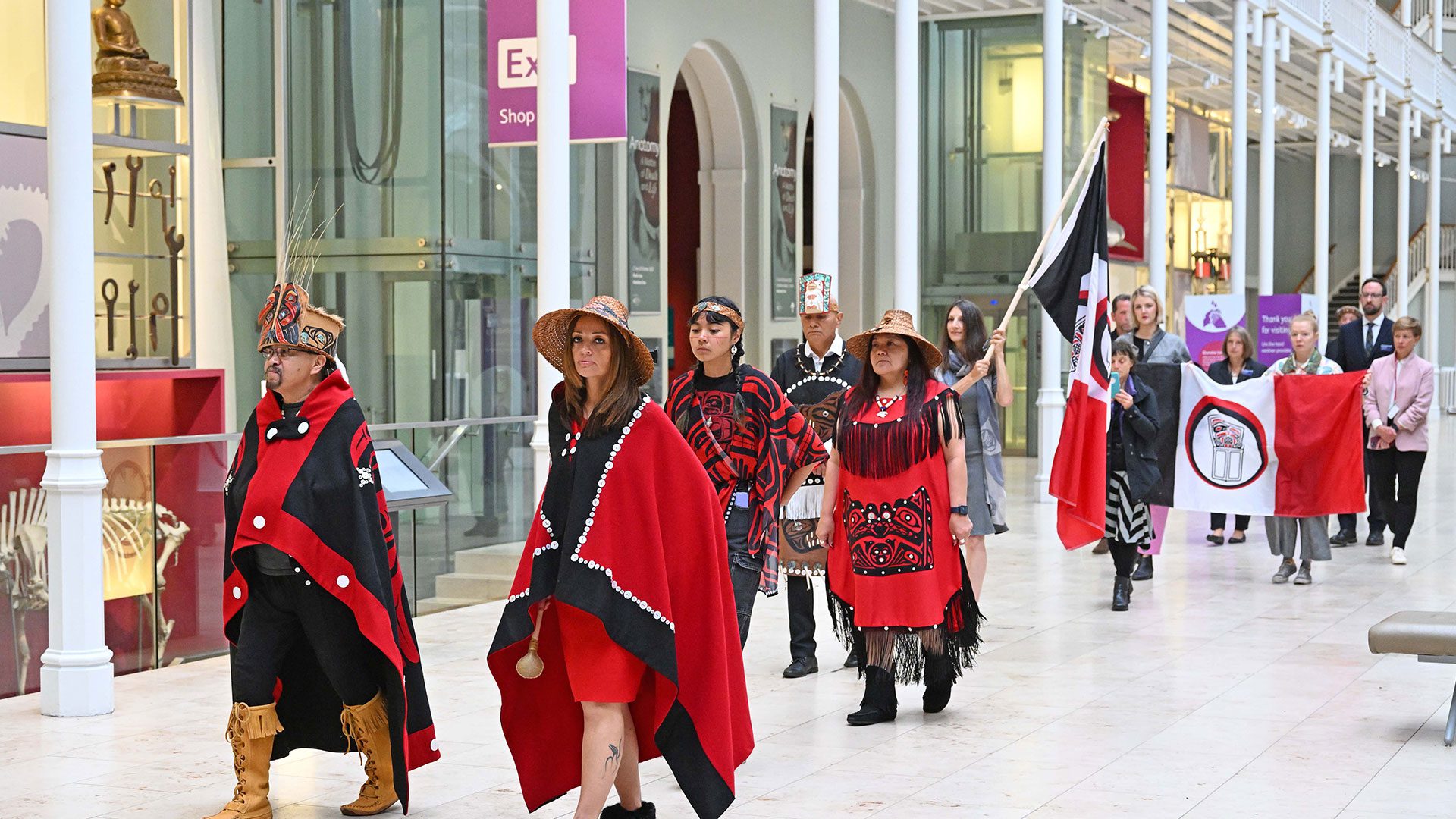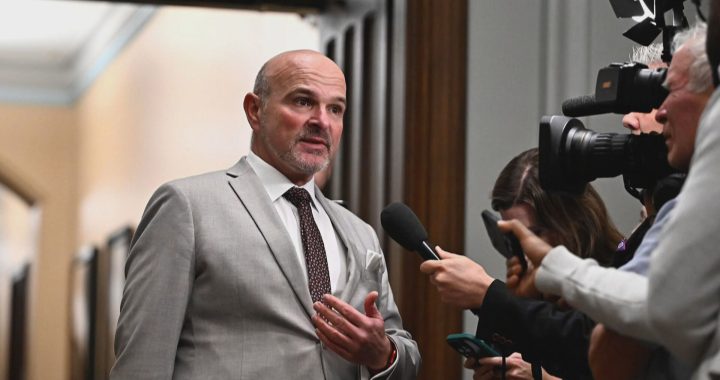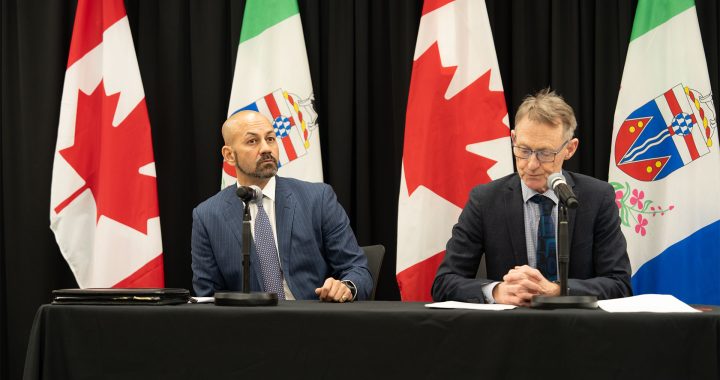Lobbying efforts in the summer of 2022 to have a totem pole returned from a Scottish museum seem to have paid off for the Nisga’a Nation.
The National Museum of Scotland has had the totem pole for nearly a century but on Dec. 1, its board voted to return it.
“I felt really relieved when I heard the news,” said Amy Parent, a member of the Nisga’a Nation and professor of Indigenous governance at Simon Fraser University.
“To know that justice has prevailed for our ancestors, in particular, our great-great-grandmother Joanne Moody as well as our fallen warrior Ts’aawit and that we have an opportunity now to bring this pole home and the living spirit of our ancestors back onto Nisga’a lands.”
In a press release, Sim’oogit Ni’isjoohl or Chief Earl Stephens said in their culture the totem pole is still alive and it’s return is like the return of a family member.
“In Nisga’a culture, we believe that this pole is alive with the spirits of our ancestors. After nearly 100 years, we are finally able to bring our dear relative home to rest on Nisga’a lands, “ he said.
He added that future generations will get a chance to be connected to the memorial pole and learn its history.
“It means so much for us to have the Ni’isjoohl memorial pole returned to us so that we can connect our family, nation and our future generations with our living history,” he added.
Travelling to Scotland

In August a delegation travelled to the museum with the single goal of having the pole, which belongs to the Ni’isjoohl Frog Clan, repatriated.
It was carved in the late 1800s to honour Ts’aawit, a fallen warrior who was in line to be chief.
In 1929, Canadian anthropologist, Marius Barbeau, stole the pole from the Nisga’a village with permission from, what was then called, Indian affairs, but without the consent of the nation.
It’s been in the Scottish museum ever since.
“We are pleased to have reached this agreement and to be able to transfer the Memorial Pole to its people and to the place where its spiritual significance is most keenly understood,” said Chris Breward, director of the National Scottish Museum in a statement.
“We hope this is not the end of the process but the next step in a fruitful and ongoing relationship with the Nisga’a.”
Parent said she hopes that the return of the pole will inspire other communities.
“We really do hope that our story of repatriation is inspiring for all Indigenous peoples in recognizing the impossible can be possible in terms of the return of our cultural belongings and that we can see the incredible need to continue this work with all museums that have imperial and colonial legacies around the world,“ said Parent.
The totem pole is expected to be returned next year.









